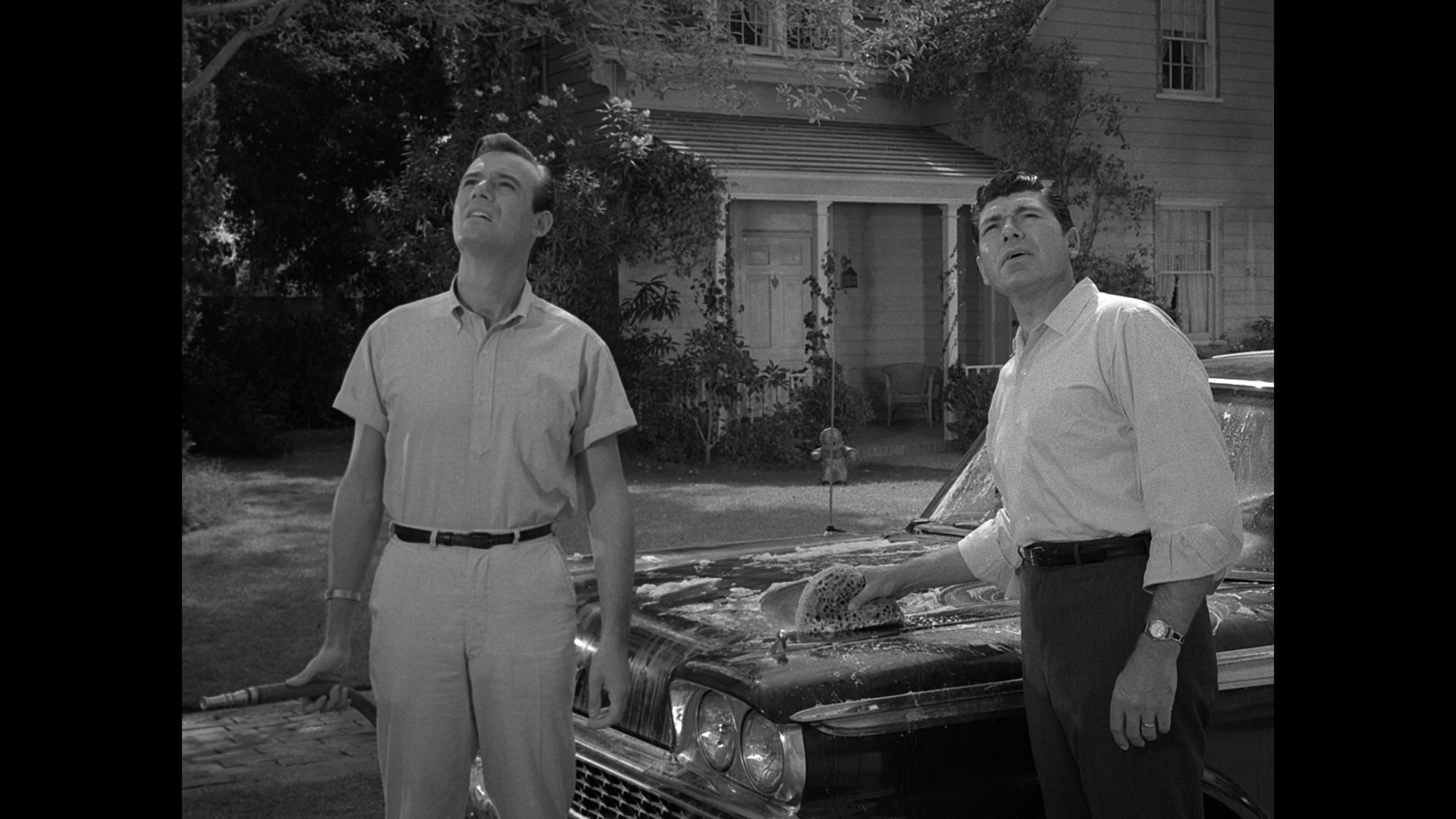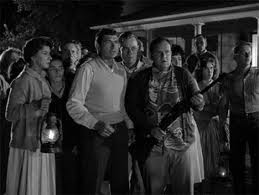Just beneath that perfectly manicured rose garden is a nest of vile insects. When the drapes are closed on the house across the street, unspeakable acts are being perpetrated. Behind those well-practiced smiles lie tortured minds, the sufferers and the perpetrators both. For every exhortation of the glorious American Dream, there is an equally on point depiction of the insidious other side of the coin. There’s a darkness on the edge of town, yes; but its the darkness right next door that really keeps us up at night.
The last half-century or more of American pop culture has returned, again and again, to the idea of the darker side of suburbia. We are obsessed with the idea of a hidden madness just outside of our line of vision, and entranced when we can glimpse it out of the corner of our eyes. In the back half of the Twentieth Century, the American dream seemed constantly within our grasp. And that gave us nightmares that we couldn’t quite explain, dark visions we couldn’t will ourselves to turn away from.
The Twilight Zone was rarely a subtle television show. Rod Serling approached his opus with a very particular world view, and he was downright didactic in expressing it to his audience. The subtext quite often became text in his narration, yet the show is resolutely compelling for its skewed takes on timely issues and for the sonorous, gently mysterious voice of its creator. When “The Monsters Are Due On Maple Street” aired during the show’s first season in March of 1960, it was a parable of Cold War paranoia, to be sure, but it was also an outright condemnation of prejudice and mob mentality, an examination of the thin veneer that coats most human interactions and keeps our darker urges at bay. It’s a study of just how quickly that veneer can be pierced, of how ready we are to devour one another at the slightest provocation.
The story is a simple one. It is a quiet Saturday on Maple Street, when a craft appears briefly overhead. Concluding it’s just a meteor, the street’s residents continue about their business. Until all of the power goes out and none of the cars will start. Then, all it takes is the fanciful notions of a young boy to turn the neighbors against each other and to create a mob all too ready to persecute anyone who shows the slightest difference. The episode sets the tone beautifully and masterfully conveys emotion. In an early scene, when Steve Brand (Claude Akins), reacting to the boy’s notion, sarcastically suggests they check to see who is human, he laughs. We quickly cut to the man next to him, who also laughs, though reluctantly, and with more unease. By the third reaction reaction shot, the man we see is grimacing, barely capable of forming the outlines of a smile. Already, within moments, things have taken a dark turn.
That the episode is capable of showing us this devolution as believably as it does in its scant 25 minute running time is astounding. We see the serene suburban bliss of its opening moments descend into an angry, murderous mob without any cognizable threat to their safety. Their own inherent suspicion and prejudice is revealed by how quickly they are willing to condemn people they considered friends mere moment before. Things accelerate with astonishing speed made all the more discomfiting for how realistic it feels. First one man is suspected. Then another. Within minutes, the people of Maple Street are all shouting out different names of the people they believe should be destroyed for the good of the rest. When the episode’s closing moments reveal that there are in fact aliens observing all of this, it feels almost completely unnecessary, except to show that the slightest push can drive any civil society into complete anarchy. There are monsters on Maple Street after all. The horror of the piece is that they aren’t different from us at all.




